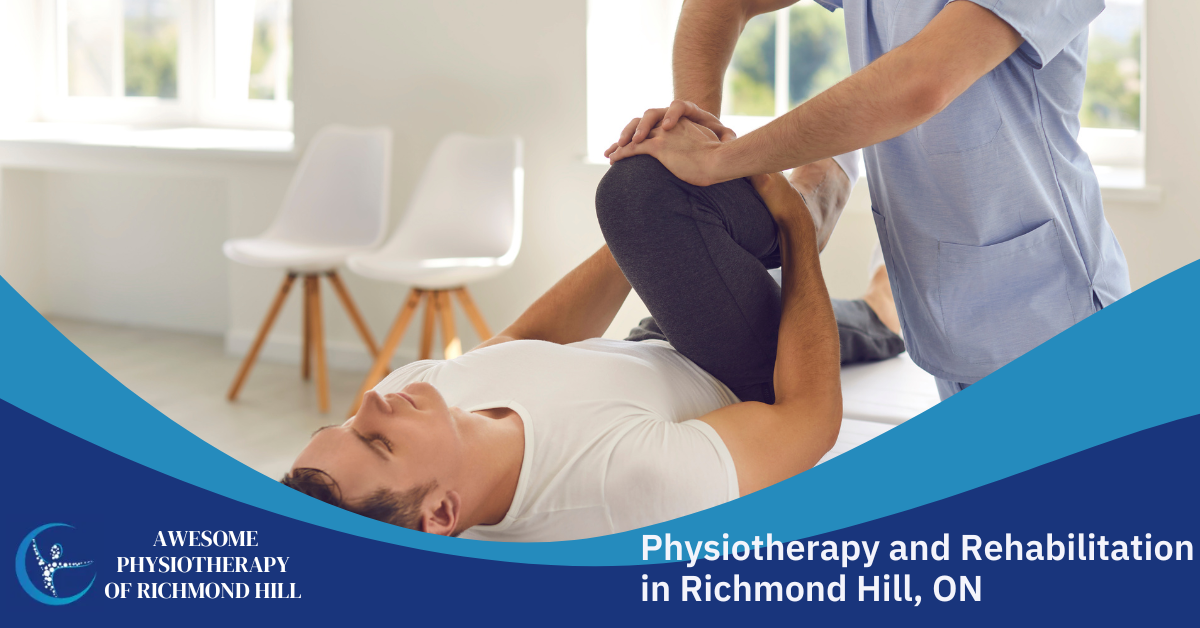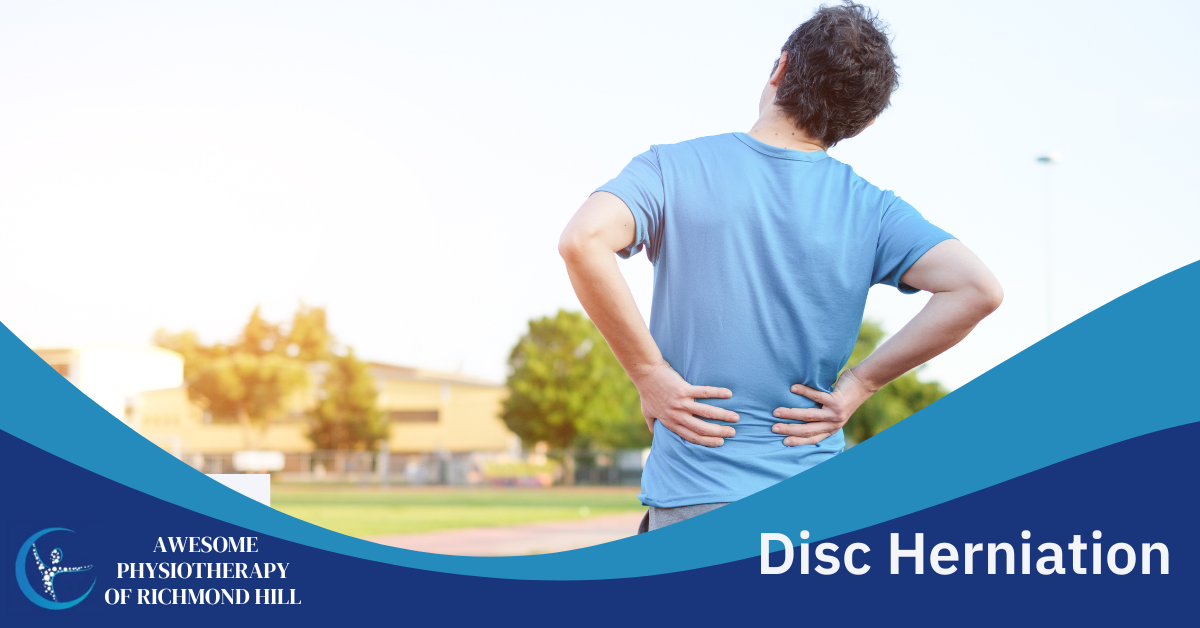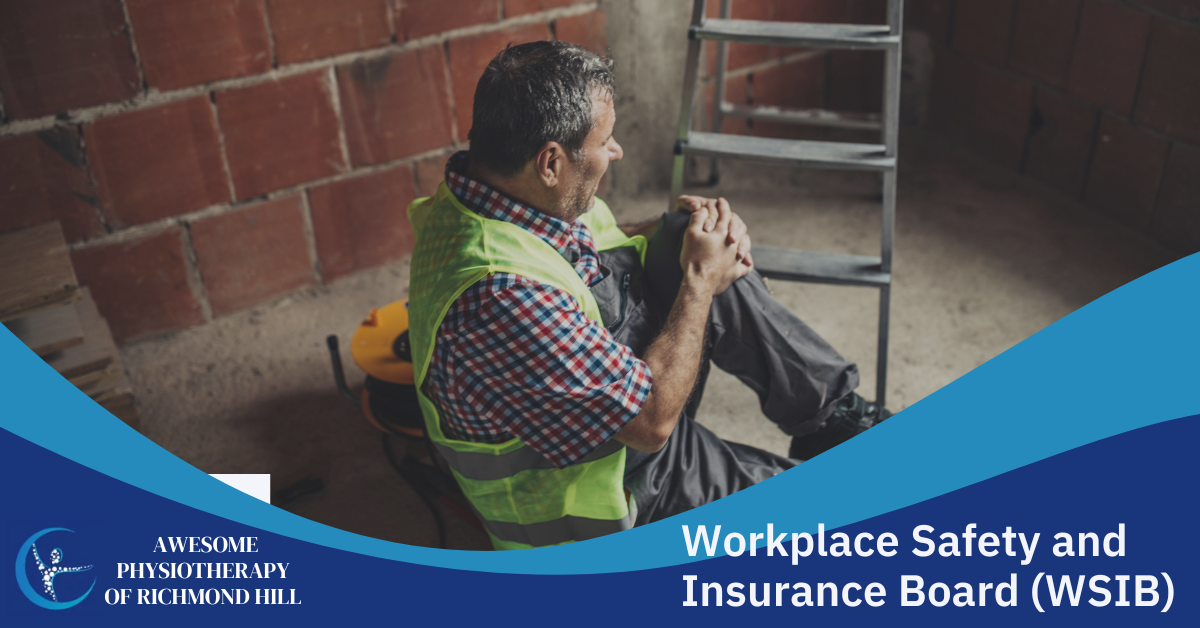What Is Spinal Decompression Therapy? A Quick Guide
We know how you feel. Constant back pain makes life agonizing. And it renders certain activities impossible.
You want to make sure that you're getting the best treatment available. So, naturally, you must have a lot of questions about spinal decompression therapy.
For instance, what is spinal decompression therapy? What conditions does it treat?
Is everyone eligible for this physiotherapy? How is the spinal decompression process done? Why does this treatment help and how effective is it?
Are the effects of this treatment permanent? Is there any post-treatment physiotherapy involved?
The good news is, we're about to answer all these questions and more. Read this complete spinal decompression therapy guide to learn what you need to know.
What Is Spinal Decompression Therapy?
Spinal decompression therapy is a procedure that gently stretches out a compressed spine. To do this, it utilizes a motorized traction device. This process can reverse many conditions that cause chronic back and neck pain.
The stretching of the spine takes the pressure off of the spinal discs. This allows any misaligned discs to slip back into place.
Realigning the discs in this way also optimizes the flow of water, oxygen, and nutrients through the spine. Because of this, the previously affected discs are able to heal.
How Does Spinal Decompression Therapy Work?
To understand this procedure, you must first understand the conditions it treats. For instance, when a spinal disc is out of alignment, it puts pressure on the surrounding nerves.
This causes pain, either constant or only during certain movements. The misaligned disc also compresses the soft tissues along the spine, hindering circulation.
The pain and other symptoms persist until the misaligned disc is realigned to its proper place. Most often, this realignment won't happen on its own.
On the contrary, you'll need the help of a professional physiotherapist in Richmond Hill. Spinal decompression therapy realigns the disc, releasing the compressed nerves and soft tissues.
What Happens Before the Procedure?
Prior to treatment, a physiotherapist makes sure that the treatment is right for you. For instance, he/she examines your medical history and your current health status. This may include physical tests, such as range-of-motion tests and special tests.
How Is the Spinal Decompression Therapy Process Done?
To prepare for treatment, the patient lays against a special table. The table is split into two sections.
There is a harness in the lower section to hold the patient's hips. Likewise, the upper section secures their upper body.
During the procedure, the upper section remains fixed in place. But the lower section is motorized to move away from the upper section.
This way, the patient's lower body is pulled downward while his/her upper body remains in place. Thus, the spine is stretched out.
The Advanced Technology of Spinal Decompression
So far, the technology explained above is no different than mechanical spinal traction. Spinal decompression therapy is a technologically advanced upgrade to this process. More importantly, it eliminates the shortcomings of the archaic traction method.
Normally, spinal traction causes painful muscle spasms as it stretches the spine. This is the body's natural response to the treatment. It instinctively clenches the muscles around the spine, bracing for pain.
Unfortunately, this clenching actually causes unnecessary pain. And worse, it interferes with the effectiveness of the treatment.
Spinal decompression therapy solves this problem using a computer-controlled table. The table alternates between relaxing the spine and stretching it. Relaxing the spine before stretching distracts the body so it won't clench or spasm.
Also, our therapy table can be fine-tuned to target specific regions of your spine. Thus, it applies the traction force directly to the affected area. This also makes the table more comfortable.
What Does Spinal Decompression Therapy Treat?
Spinal decompression therapy is used to treat several conditions, including:
- Chronic back and/or neck pain
- Sciatica
- Herniated/bulging discs
- Degenerative disc disease
- Spinal stenosis
- Posterior facet syndrome
- A damaged or diseased spinal nerve root
This is just a general list, though. Get a proper diagnosis and treatment plan from a physiotherapist near you.
Who Should Not Get Spinal Decompression Therapy?
Not all patients are eligible for spinal decompression therapy. Specifically, it's not a good option for patients who:
- Are pregnant
- Are taking blood thinners
- Have a fracture
- Have a tumor
- Have a spinal infection
- Have advanced osteoporosis
- Have an abdominal aortic aneurysm
- Have metal implants or an artificial disc in their spine
- Have had a failed back surgery
- Have had spinal fusion
- Have spondylolisthesis
- Have ankylosing spondylitis
Spinal decompression therapy can be dangerous for such patients. If you have any of the conditions listed above, make sure your physiotherapist is aware.
Are the Effects of the Treatment Permanent?
As described earlier, this treatment should cure any underlying spine conditions. Once treatment is complete, the problems should be gone for good.
Although, this isn't a one-time treatment. Spinal decompression requires a series of treatment sessions over the course of several weeks.
Furthermore, once your condition is cured, it can still come back the same way it developed the first time. Case in point, the conditions that cause back pain are usually the result of poor posture and other bad habits. You'll need to correct these behaviors to keep your spine in good condition.
What Kind of Aftercare Is Involved?
Your aftercare might include posture correction training, core strengthening exercises, and return to work or sports conditioning. These and other tips help you maintain a healthy spine.
Your physiotherapist might also recommend massages and other relaxation therapy. Keeping the treated areas relaxed may help them heal better.
Lastly, your physiotherapy clinic may refer you to a licensed chiropractor for aftercare. The chiropractor will also have plenty of spinal decompression therapy tips for you. More importantly, they can perform spinal adjustments as necessary to treat post-therapy pain and prevent future spine problems.
Do You Need Spinal Decompression Therapy?
Understanding spinal decompression therapy is a good first step. And now, it's time to act on that knowledge.
Go here to schedule your consultation with Awesome Physiotherapy in Richmond Hill (formerly Philip Naiman Physiotherapy). Or call us at (905) 883-4081. Our experts will evaluate your spinal condition to determine the best physical therapy/physiotherapy treatment for you.



How Physiotherapy Can Help You Recover Faster: A Guide to Physiotherapy Centers In Richmond Hill, ON







